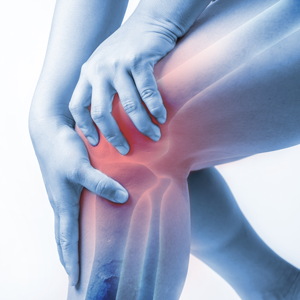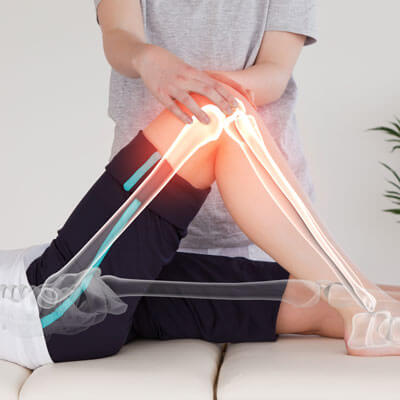Knee Pain in London
 Knees are large, weight-bearing joints that are vulnerable due to the mechanics of two long bones end to end and they are therefore reliant on the ligaments to protect and stabilize them, the muscle crossing over the joint to give strength and mobility to the joint and the cartilage to guide the movement of the joint, they are also affected by the biomechanics of the feet.
Knees are large, weight-bearing joints that are vulnerable due to the mechanics of two long bones end to end and they are therefore reliant on the ligaments to protect and stabilize them, the muscle crossing over the joint to give strength and mobility to the joint and the cartilage to guide the movement of the joint, they are also affected by the biomechanics of the feet.
At Body 4 Life Healthcare, we emphasize the importance of good foot biomechanics and study the way you walk. We utilize orthopedic and neurological testing to examine the structures and functions of your body, looking carefully for injuries, instabilities and other pathologies. X-rays can be taken on-site if needed*. Many people are surprised to find out that the source of their knee pain lies in their feet.
Addressing a Range of Knee Conditions
We like to tell our patients, if you listen to the whispers, you don’t need to listen to the screams. The earlier you seek help, generally the easier it is to have your problems addressed.
Knee pain can be caused by several things such as patellar tendinitis, which is an inflammation of the patella tendon under the kneecap. Or patellofemoral pain sometimes from a trauma but often caused by a patella tracking problem which can occur when the kneecap doesn’t slide correctly in the groove of the femur, this may be due to muscle imbalances and or biomechanical problems in the feet, ankles or hips and pelvis.
If your knee clicks, locks, catches or gives way, it could be a meniscal injury or cartilage tear, which is common in football players. Trauma can result in ligament damage, cartilage damage or a tear or rupture of the ACL, PCL, MCL, LCL ligaments. Since the knee is such a large, complex joint, it must be carefully looked after. If your pain is ignored, more serious damage and degeneration can occur.
BOOK YOUR ASSESSMENT »

Connected to the Foot
Many knee issues can be related to muscle imbalances or a over pronation of the foot/feet, where the foot rolls inwards excessively. In turn, your shin twists inwards, twisting the knee with every footfall, the ligaments on the inside of the knee often become stretched and tender, and you’ll feel that the band on the outside of the knee is tight to try and stop the knee from collapsing inwards. Many runners who have this problem are develop Iliotibial band syndrome, a painful outside of the knee often related to overtraining or over pronating.
If the foot is functioning inefficiently or incorrectly, addressing it can help your knee function better, thereby reducing knee pain.
When to Seek Help
There are certain situations in which you should urgently seek help for your knee pain. For example, if your knee is red, hot and swollen, there is likely something serious happening that will require treatment, especially if symptoms of a fever or night sweats are also noted. A clicking, locking, catching or giving way accompanied by pain should get attention straight away. If you feel that your problems worsen when you exercise, refrain from your exercise routines. Some people think that it may help them to fight through the pain, but it will likely worsen your condition.
Treating Your Knee Issues
Every bone in the foot can be adjusted with chiropractic techniques, as well as some gentle realignments of your knee. We’ll teach you how to stretch your muscles and advise you on exercises that can strengthen your problem area. You may get a recommendation on icing, If you have trigger points or tightness in your muscles, heat may help, along with soft tissue therapy and stretching, we advise everyone specifically to our findings
Get Started Today
Contact us today to learn more about what we can do for London knee pain!

